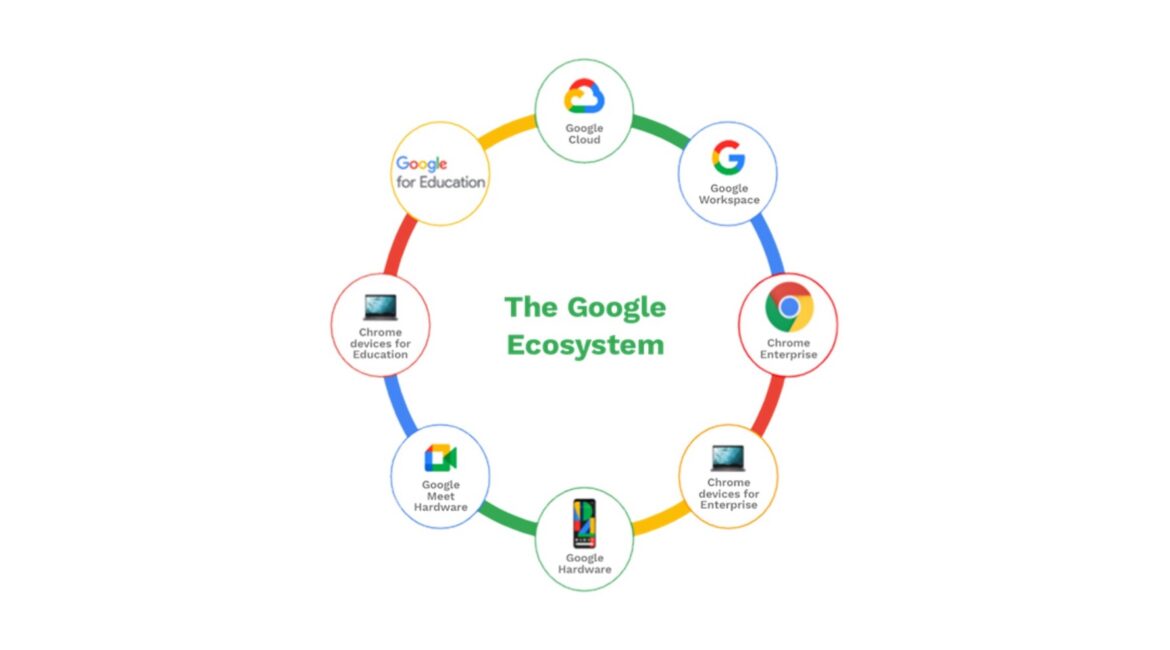High competitive environments originate new market challenges and brand new business models. The product ecosystem is one of those models being placed to get remarkable results.
Previously it was easier to sell ordinary products or services in a high economic system, but today, the scenario is different because of aggressive market competition in online environments. The current scenario can be best described as a fierce market rivalry.
These days audience is well aware and educated, has sound knowledge of the product, and has various choices in selecting a good product. So, you require to put extra effort into making a remarkable product or service. Telling people that you are “original” and your “product is great” will not cut it. It is all about creating an ecosystem that can annihilate the competition.
A big challenge that business developers face is to identify the product characteristics that stick in users’ minds and lead them to spread the product through word of mouth.
Seven tips can help you in creating a Remarkable Product:
1. Create your product or service very unique
The product or service should be highly faster, elite, and contemptible or massive. Explore the boundaries and think out of the box to identify the best economic and monetary consequences. Make sure your product is catchy and centred on users’ needs. This will make your product an extraordinary item that consistently has more deals.
2. Perform it safe is the risky strategy
In a soaked economy, remaining calm is not visible to the market, which means the product has no sales. Create a great design of your product that distinguishes it from other competitors in the market—carving out an incredible plan of your product that recognizes it from different rivals on the lookout. Possibly some audiences will like it, and some will dislike it. But many of them will gossip about your product, and others will defend it and become brand ambassadors. Discussions keep products at the top of people’s minds.
3. Do not stick if your product doesn’t work. Just move on
Around 90% of products fail. In case your product fails or does not makes a difference, plan a good strategy, rethink to accomplish your target as early as possible. Because if your product fails to gain an audience, you should stop investing in it early as possible. Moreover, if your particular product neglects to reach a crowd of people, they won’t discuss it; likewise, it doesn’t make sense to put time and cash in such a product or business.
4. Do not create panic for getting everyone instead of focusing on a customized group or audience
In the early stage, it is essential to catch users at the start because it is the prime time for their discussions or gossip about your product or service. For this, do not try to make your product so ordinary for stacks. Keep your focus on a niche and solve their problem instead of focusing on a common/generic problem. The Tipping Point book by Malcolm Gladwell elaborates on the idea of the “first adopters” that are the key to a product spreading like viruses.
5. Discover your high-paying audience
Explore the groups and users that are paying the most profits and are ready to buy your product or service. Consider your task of identifying and fostering engaging users. Keep your mind focused on the revenue model from an early stage. Having that said, when choosing an audience, look for their economic possibilities, willingness to spend money on your product and the impact that your product might have in their lives.
In the first stages, forget the irresponsive and useless audiences instead, focus on responsive users. Push ahead to spend efforts with the individuals who get your idea.
6. Get within your zone
If you found a zone with low competition, try to grow your business through that branch before jumping into more competitive zones where sometimes the rewards are more alluring. This is because it is easier to create product ecosystems in empty zones than in the crossfire. Later in the game, once you have the ecosystem, you can enter high-competition markets. Following a Blue Ocean Strategy will get you there.
7. Don’t use a one-hit-wonder strategy
Once your product or service is good enough, launch it and foster it, and get ready to launch another one!
Not all, but fewer enterprises do use this strategy. The reason is they found a fantastic product accidentally, by luck or by the law of probabilities.
Product Ecosystem

If you plan to create an online business, an ecosystem will help you strive in your market space. An ecosystem generates high revenue, produces sales and enables high profits.
What a ‘Product Ecosystem’ is?
The idea of an ecosystem has multiple products or services in any business line together with an evolved community. Apple, Microsoft, Facebook, or Google are the best examples of an ecosystem because they do not focus on just a single product or service but focus on many other products related to their business. The Ascending Transaction Model (ATM) is a business model that relies on the mentioned ecosystem.
For example, Apple provided products like iPhone, I-watch, iPods, MacBook etc. Facebook provides many product services like Ad sales, paid marketing and paid promotions that most people buy without hesitation. Same way Google has many benefits, like giving space for data, Google docs., Google Playstore, Google Gmail, Google Maps, and Google Drive. All these services or products generate revenue separately against each service or product. That is the only reason for their popularity around the globe. In other words, the more products or services, the more complete the ecosystem and the more profits are generated.
On the customer side, it is also a win situation since it is cheaper to add one more service or product due to the connectivity with the already-using infrastructure. In a nutshell, you can say that the more products, the more benefits. Since the customers are stuck on one product, cross-selling is likely, and the barriers to changing to another supplier are high.
Common Mistakes in developing a Product Ecosystem:
- Highly complex ecosystems
- Selling after first product creation
- Introducing useless features
- Not focusing on hunting the audience for pre-sold, no-selling plans, and freemium accounts
Software POCs, prototypes, MVPs and Great software are all steps worth for a successful product. Each step in this regard has its importance for launching a business. It is important to keep in mind that all the practical steps require an essential timeframe. An economically viable product or service always takes time to rethink, plan, make a strategy, pivot and develop software. But, at the same time, wise entrepreneurs will identify the moment where the current phase is “good enough” and is time to grab the next one.
If you have a great product and you need help creating an ecosystem, the TechRivo team might assist you. Let us know what is holding you back.
